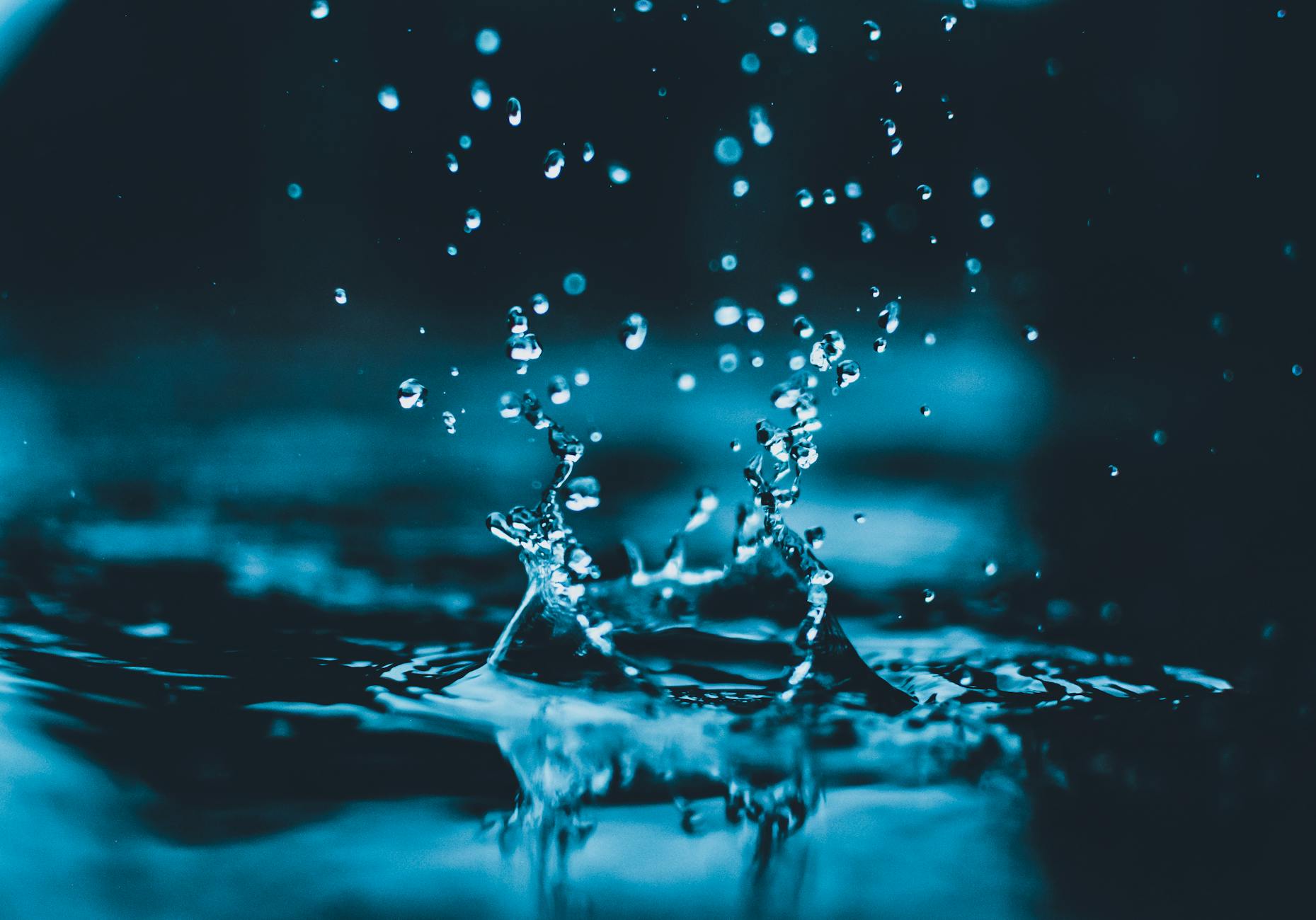
Key Concepts and Definitions
1. Boiling Point:
The temperature at which the vapor pressure of a liquid equals the external pressure is called its boiling point.
2. Dipole:
A dipole is the partial separation of charges within a bond between two atoms.
3. Dipole-Dipole Forces:
Attractive forces between the positive end of one polar molecule and the negative end of another.
4. Evaporation:
The spontaneous transition of a liquid to vapor at any given temperature.
5. Viscosity:
The internal resistance to flow due to molecular friction in a liquid.
6. Surface Tension:
The force per unit length acting perpendicular to a line on the surface of a liquid.
7. Hydrogen Bonding:
A strong electrostatic attraction between a hydrogen atom (bonded to a small, electronegative atom) and another electronegative atom.
8. Intermolecular Forces:
Forces of attraction or repulsion between neighboring particles (atoms, ions, or molecules).
9. Ion-Dipole Interactions:
Electrostatic interactions between an ion and a polar molecule.
10. Liquid Crystal:
An intermediate phase between solid and liquid that exists between the melting point and clearing point of a crystalline substance.
11. London Dispersion Forces:
Weak attractive forces arising from instantaneous and induced dipoles in atoms or molecules.
12. Polarizability:
A measure of how easily an electron cloud can be distorted to form a dipole.
13. Vacuum Distillation:
A method of distillation carried out under reduced pressure to lower the boiling point and prevent decomposition of sensitive substances.
🔗 Other Useful Links
- News By Amurchem
- Free Web Development Course
- All-in-One Exam Prep Portal
- Articles by Amurchem
- Grade 12 Section
- Grade 11 Section
- Grade 10 Section
- Grade 09 Section
- Home and Online Tuition
- Labs By Amurchem
- Science Lectures By Amurchem
© 2025 AmurChem. All rights reserved.





